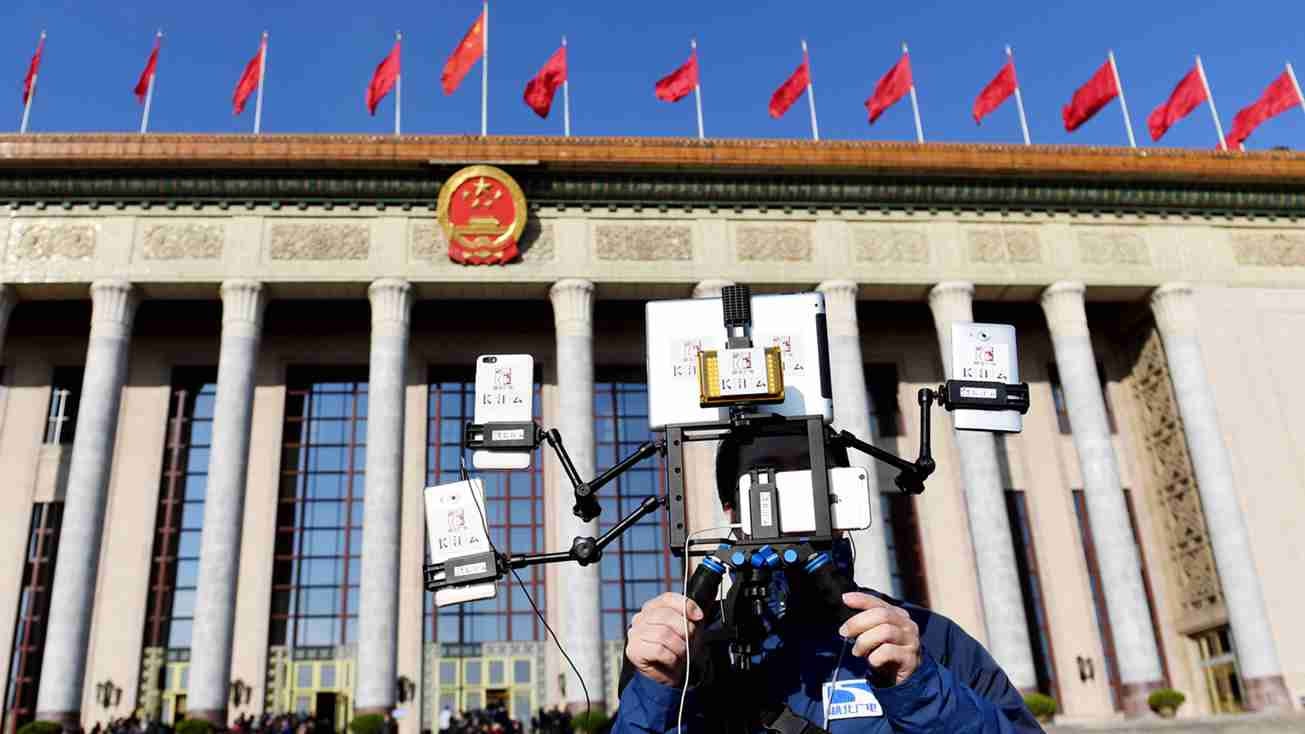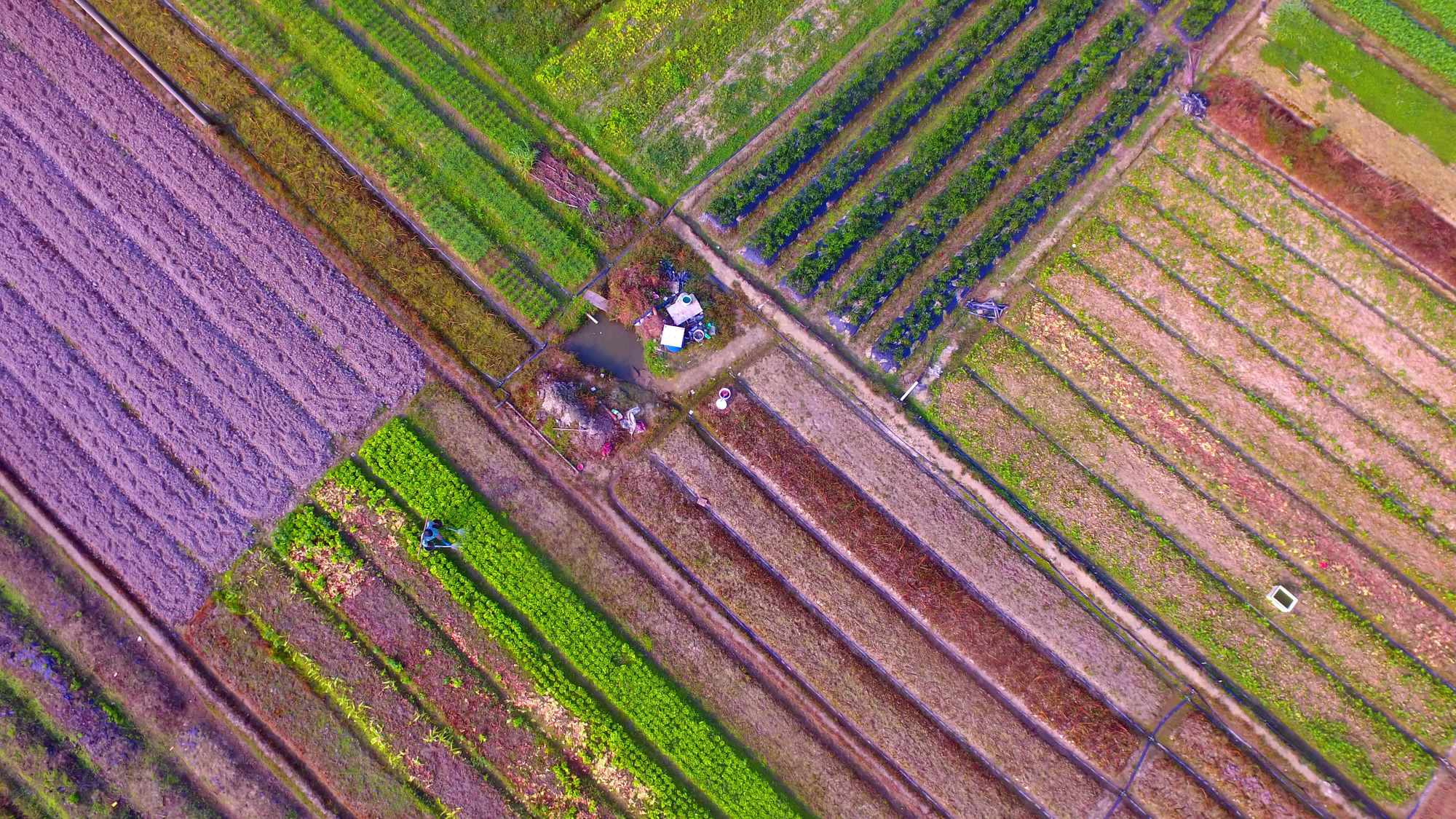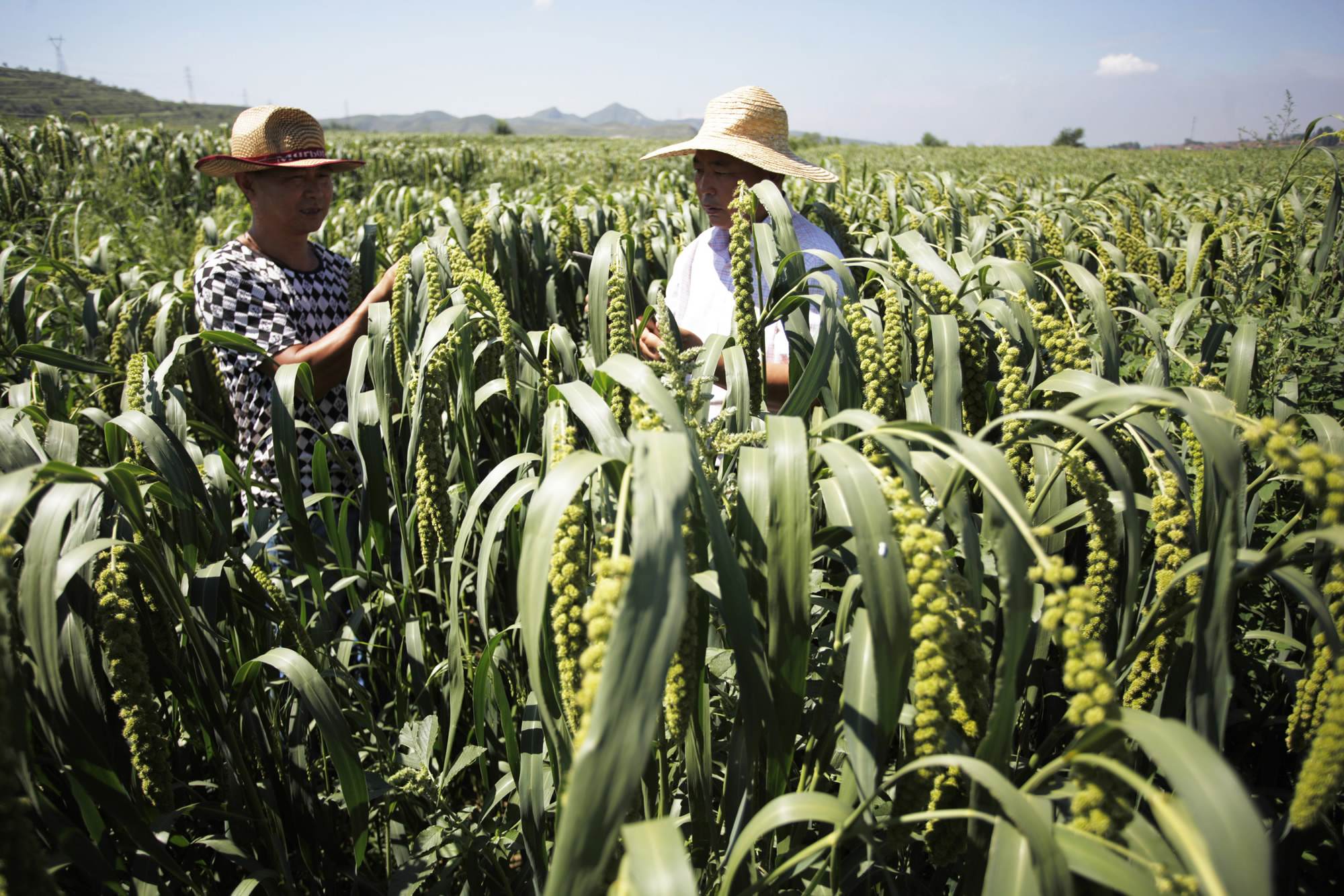
Business
12:34, 07-Mar-2017
Overseas views on Two Sessions: Agriculture remains important for development
Updated
10:58, 28-Jun-2018

Guest commentary by Jon Taylor
The annual meetings of the National People’s Congress (NPC) and the Chinese People’s Political Consultative Conference (CPPCC) are commonly known as the “Two Sessions”. These meetings represent a chance for China’s leadership to discuss issues that are of great importance to the nation.
Some of the Two Sessions’ top priorities for 2017 will include furthering and deepening supply-side reform, economic stability, cutting pollution, keeping home prices under control, the RMB's value, and combatting corruption.
While these priorities are of importance, a series of problems that have continued to be of great concern to China’s leadership for the past two decades are the issues of reducing poverty, lessening inequality, and decreasing income disparities between urban and rural areas. Deepening supply-side structural reform by extending it into agriculture in order to overcome the problems of inefficiency, excess capacity, and a lack of cost competitiveness troubling China’s agriculture sector and rural citizens is critical in order to further China’s development priorities for the year ahead and in fulfillment of the 13th Five-Year Plan. Agriculture accounted for roughly 9 percent of China’s GDP in 2016. Urban per capita household income was approximately 2.7 times higher than in rural households, slightly down from 2015. While harvests decreased in 2016, they were still the second highest in history.

Farmers work on cropland in Qionghai city of south China's Hainan Province. / CFP Photo
Farmers work on cropland in Qionghai city of south China's Hainan Province. / CFP Photo
Over the past four decades, China has achieved enormous economic growth, accompanied by a growing number of large and liveable cities. However, China’s leadership has expressed concerns about the long-term, systemic problems found in agriculture and the lag in rural area incomes. During the past 14 years, as an indicator of policy priorities, the Central Committee of the Communist Party of China and the State Council have devoted the first policy statement of the year to agriculture, farmers, and rural areas in the "No. 1 Central Document". For the coming year, China has pledged to deepen reform by extending it not only into agriculture but by encouraging new growth engines in rural areas. Ultimately, reform boils down to the goal of improving the agriculture sector, which, in turn, will improve both the efficiency of the industry and the lives of the nation's farmers.
Deepening supply-side reform by extending it into agriculture is not just an abstract concept. The momentum of supply-side reform must continue as China makes major adjustments to its economic growth model. While China has seen a strong start to these reforms and rebalance during the 13th Five-Year Plan period (2016-2020), further efforts are needed in order to assist agriculture and rural citizens including identifying new areas for economic growth. Boosting rural workforce incomes, ensuring consistent supplies, encouraging technological innovation and green production, enhancing poverty alleviation through rural land provision reform, expanding rural e-commerce, and pursuing rural talent development and infrastructure are at the heart of China’s push for agricultural and rural reform. Combine agricultural and rural reform with China’s goal of expanding the urban hukou, or residency permits, to at least 100 million migrant workers by 2020 is all connected to China’s plan to reduce poverty and rebalance its economy by building a highly urbanized, consumer-driven economy.
The linkage between building a moderately prosperous society in an all-around way and alleviating poverty is important in understanding the 2017 Two Sessions’ emphasis on supply-side reform in agriculture. Lifting millions of poor people above the poverty line is a daunting task. Both President Xi Jinping and Premier Li Keqiang have stressed the need to reduce poverty and to help improve the living conditions of families with difficulties. Much of the work to create a Xiaokang society and eradicate poverty will come through the pursuit of comprehensive supply-side structural reforms – reforms that will promote intensive agricultural development to in order to help reduce poverty and facilitate urbanization to the benefit of ordinary rural households.

Farmers work on cropland in Jiajiaying town of north China's Hebei Province. / CFP Photo
Farmers work on cropland in Jiajiaying town of north China's Hebei Province. / CFP Photo
Promoting supply-side structural reform in agriculture is not just an economic goal. It is important to the social fabric of Chinese society. While deepening all-around supply-side reform goals are quite important, raising the standard of living for China’s poor, rural areas of the country are of supreme importance. Raising people in those areas out of poverty on a permanent basis is a key factor in the pursuit of supply-side agricultural reform. China’s leadership recognizes that the there is a real need to extend and sustain economic growth into rural areas, thereby maintain steady development in the quest to realize the goal of becoming a moderately prosperous society (Xiaokang) in an all-around way by 2020. The elimination of poverty is rightly seen by China as an achievable goal, one where significant progress has already been made during the past four decades with over 700 million people lifted out of poverty.
Comprehensively deepening supply-side structural reform, particularly in agriculture in 2017, will allow China to focus on the importance of economic structural reform by extending green and innovative production, increase output of high-quality products, shift reliance from resource consumption to green and sustainable development, and improve overall efficiency and quality – all of which enriches the 13th Five-Year Plan’s goals of alleviating poverty and enhancing innovation and development.
(Dr. Jon R. Taylor is a Professor of Political Science and Chair of the Department of Political Science at the University of St. Thomas in Houston. The article reflects the author’s opinion, not necessarily the view of CGTN.)

SITEMAP
Copyright © 2018 CGTN. Beijing ICP prepared NO.16065310-3
Copyright © 2018 CGTN. Beijing ICP prepared NO.16065310-3